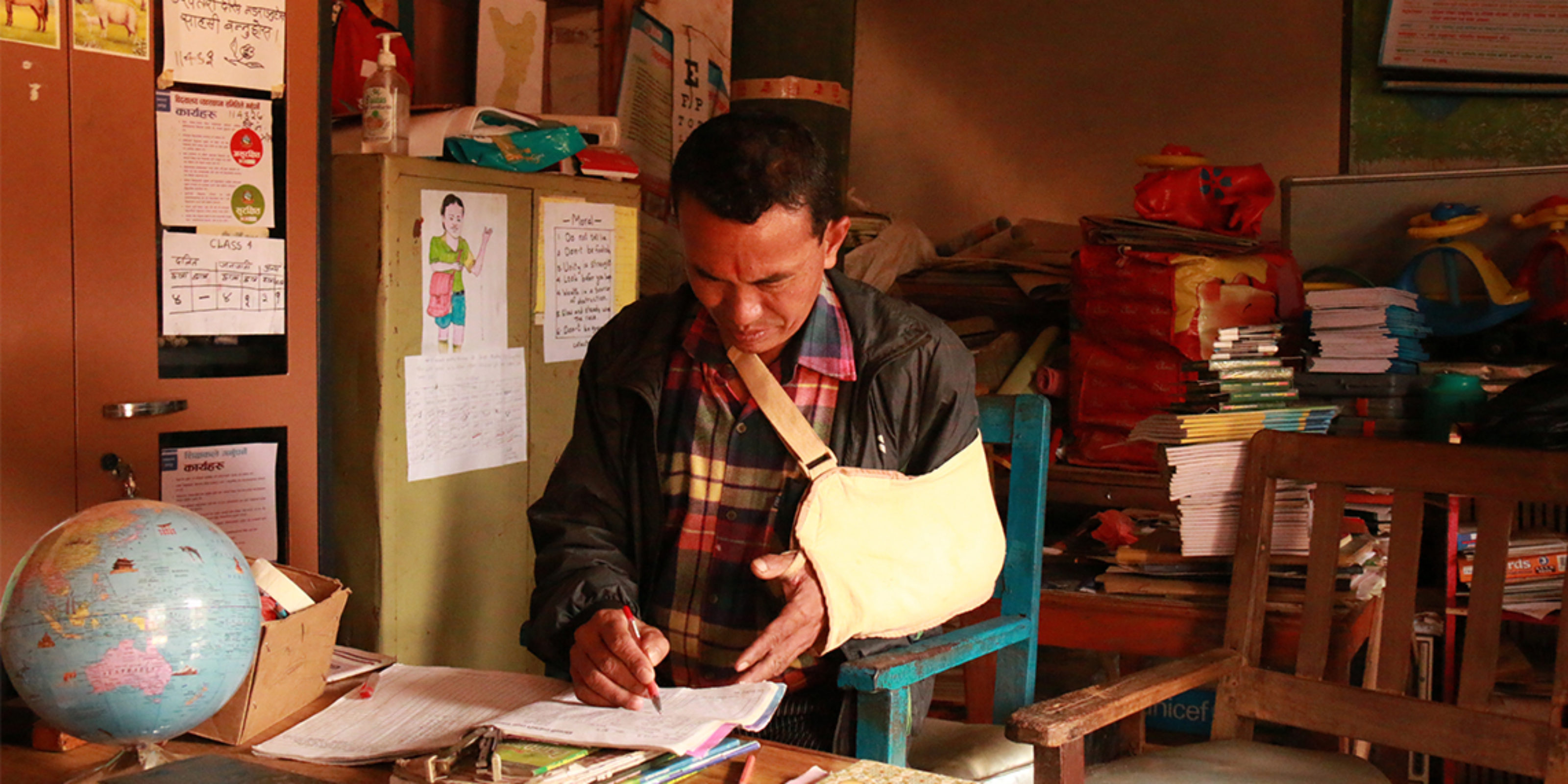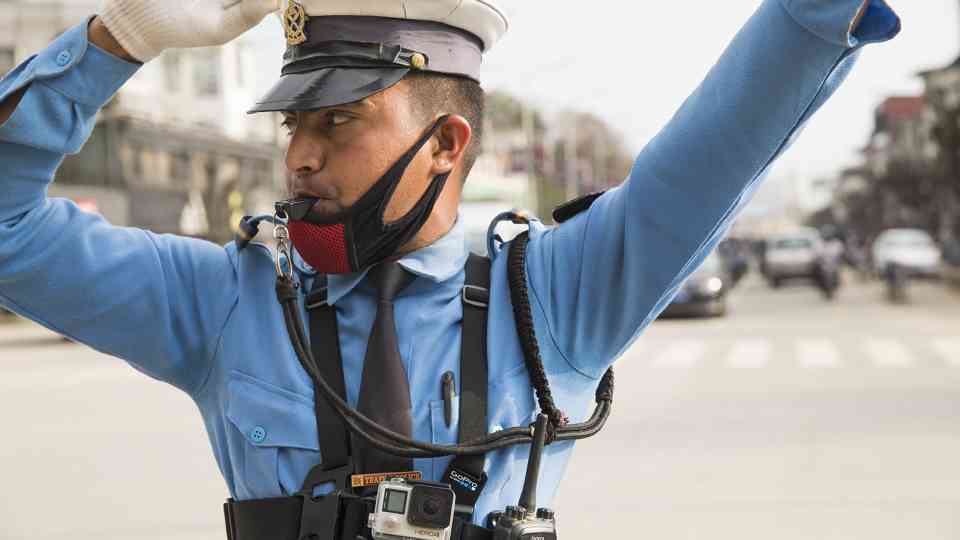The United Nations Office for Project Services (UNOPS)

Their schools crumbled, but not their dreams
In April 2015, when a 7.8 magnitude earthquake hit Nepal, the ground beneath millions of people shook with a ferocity that changed their lives.
Once the dust settled, the devastation was evident. More than 8,000 lives were lost. Over a million houses were destroyed or badly damaged.
In 31 districts across the country the remains of 7,200 school buildings also lay amid the debris. The walls, doors and furniture that offered thousands of Nepalese children a place to learn were lost in those few fateful moments.

Thankfully, the lives of these young people, who spent so much of their time on school grounds, were spared.
"We survived the disaster since it was a holiday. If it were other days, the scenario would have been dreadful," explained Hari, Principal, Saraswati Primary School, Gorkha district.

Krishna was one of the many students affected at Hari's school. Fifteen years old and living with special needs, Krishna was a little older than his classmates. Unable to write with his hands, Krishna had trained himself to use his toes — such was his dedication to study, play and get creative with art.
When his school was damaged, Krishna, like thousands of other students, faced an interruption in his education while authorities decided on the best way to move beyond the destruction they faced.


As an interim solution, Temporary Learning Centers (TLC) made from bamboo were erected so that children could continue their schooling. However, the difficulties of studying in a TLC are immense. Accessibility to the facilities is limited for children like Krishna. Noise travels easily between the classrooms' thin barriers, disrupting lessons and concentration for all. Children sit on make-shift floors within walls that are not weather-proof.
"If the weather is going to be windy or rainy, we send the children back to their homes," said Hari.
This of course means more days of missed school.
Parents like Ram who live in the Gorkha district want to send their children to school to secure their futures. Still, they cannot help but be concerned about the state of the TLCs: "Our children are reading in a dire situation," said Ram.

Ram and many other parents like him want their children to have access to better facilities for a chance at a proper education in safe spaces.
Local authorities and communities were keen to re-build the facilities, and build-back-better at that.
That is exactly what World Vision International Nepal (WVIN) and UNOPS are determined to do, in the Gorkha and Sindhupalchowk districts, with the advice and backing from Government authorities. The new schools will be weather-proof, earthquake resistant and fully accessible to students like Krishna. The schools have been designed to have low operational and maintenance costs.

Communities from these districts are committed to helping in any way they can.
"We are happy to know that a new school is being built soon," said Ram. "As a community, we are ready to support, even physically if needed." He hopes for a bright future for his five-year-old son Saurav.
About the Project
The construction of schools in Nepal represents the first initiative under the WVIN and UNOPS partnership that began in 2015. This project will include the building of three schools in two districts — Gorkha and Sindhupalchowk.
UNOPS has worked with a Kathmandu-based architectural firm to finalize the designs, which have been approved by the Ministry of Education and Ministry of Urban Development.
The $1.04 million project is funded by WVIN. UNOPS is implementing all work in collaboration with local authorities. Local capacity is being developed and used through the entire project.













